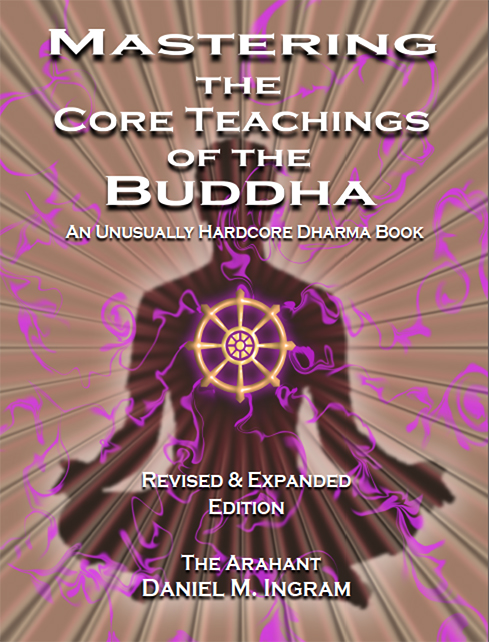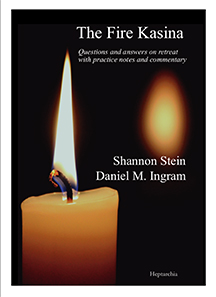The Equanimity Models
← The Love Models | The No-Preference Models →
Some ideals of awakening involve an awakened being existing in a perpetual state of perfect equanimity, completely emotionally unaffected by pain, pleasure, gain, loss, praise, blame, sickness, aging, and death, whether one’s own or that of others. Often, these models seem more like indifference or dissociation models than true equanimity models, since they have agendas for the specific mental state that awakened beings would perpetually manifest, whereas equanimity at its best is a meta-state that allows other states equally without push or pull. In contrast, many of the indifference ideals about awakening seem more like someone who couldn’t care less. Awakening is not bound up in not caring.
Stories such as the one about a monk smiling contentedly while walking through a battleground littered with freshly slaughtered warriors comes to mind. [This is part of the story of how the great king Ashoka was converted to Buddhism around 270 BCE.] While this image is not an impossible or necessarily bad scenario, it conveys a sense of otherworldly detachment that also suggests some unhuman heartlessness, some oddly homogenized, sanitized set of possible reactions or total lack of any possible reaction save one of peace and tranquility. These are some dangerous ideals that can cause practitioners to imitate such uncaring or highly detached ways of being, causing disengagement from life and insensitivity regarding this world and those in it. I don’t recommend following the dreams these models promote for these obvious reasons.

